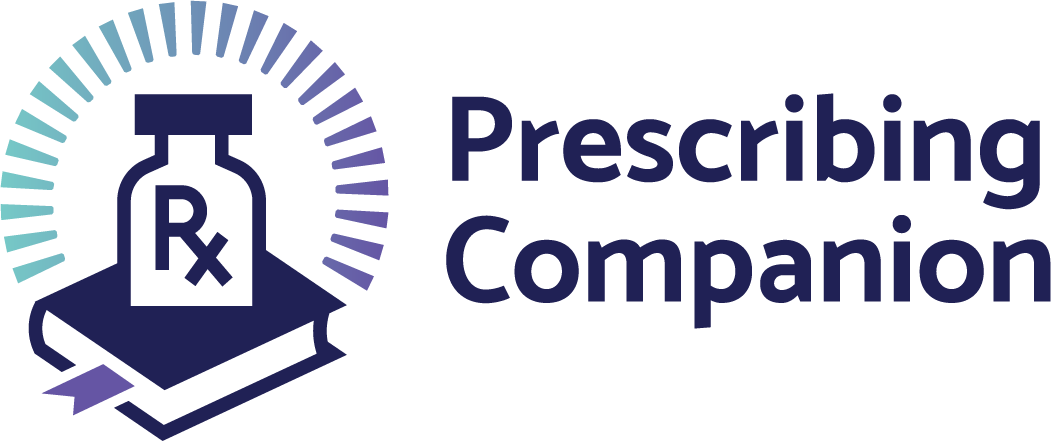Oral Candidiasis
exp date isn't null, but text field is
Oral candidiasis (oral thrush) is an infection of the mouth by yeast. It mainly affects the very young, the very old or those whose immunity is impaired. It occurs more frequently in HIV/AIDS patients, the malnourished, diabetics, patients on long-term antibiotics and corticosteroids and those with poor oral hygiene.
Cause
- Candida albicans (monilia)
Symptoms
- White patches in the mouth
- Burning sensation in the mouth
- Difficulty in swallowing
- Breast fed babies may refuse to suck
- Sore mouth
Signs
- Well defined white or cream–coloured pustules and patches in the mouth
Investigations
- Buccal mucosal scraping for fungal elements
- FBS
- Retroscreen
TreatmentTreatment Objectives
- To eradicate infection
- To identify and treat any underlying condition
Non-pharmacological treatment
- Proper oral hygiene and toileting
Pharmacological treatment
For treatment of uncomplicated oral candidiasis
1st Line Treatment
Evidence Rating: [B]
- Nystatin suspension, oral,
Adults
100,000 units 6 hourly after food for 14 days
Children
100,000 units 6 hourly after each feed for at least 10 days. Make sure it is spread well in the mouth.
2nd Line Treatment
- Miconazole, oral gel,
Adults and Children
2.5ml smeared on the oral mucosa twice daily for 7-10 days
For immunocompromised patients with oral candidiasis
Evidence Rating: [B]
- Fluconazole, oral,
Adults
50-100 mg daily for 7-14 days
Children
12-18 years 50-100 mg daily for 7-14 days
14 days-12 years; 3-6 mg/kg on first day, Then 3 mg/kg (max. 100 mg) daily for 14 days
7-14 days; 3-6 mg/kg on first day Then 3 mg/kg every 48 hours for 14 days
< 7 days; 3-6 mg/kg on first day Then 3 mg/kg every 72 hours for 14 days
Referral Criteria
Refer patients not responding to above treatment or if there is the presence of an underlying illness e.g. diabetes mellitus, immunosuppression to appropriate specialist.
